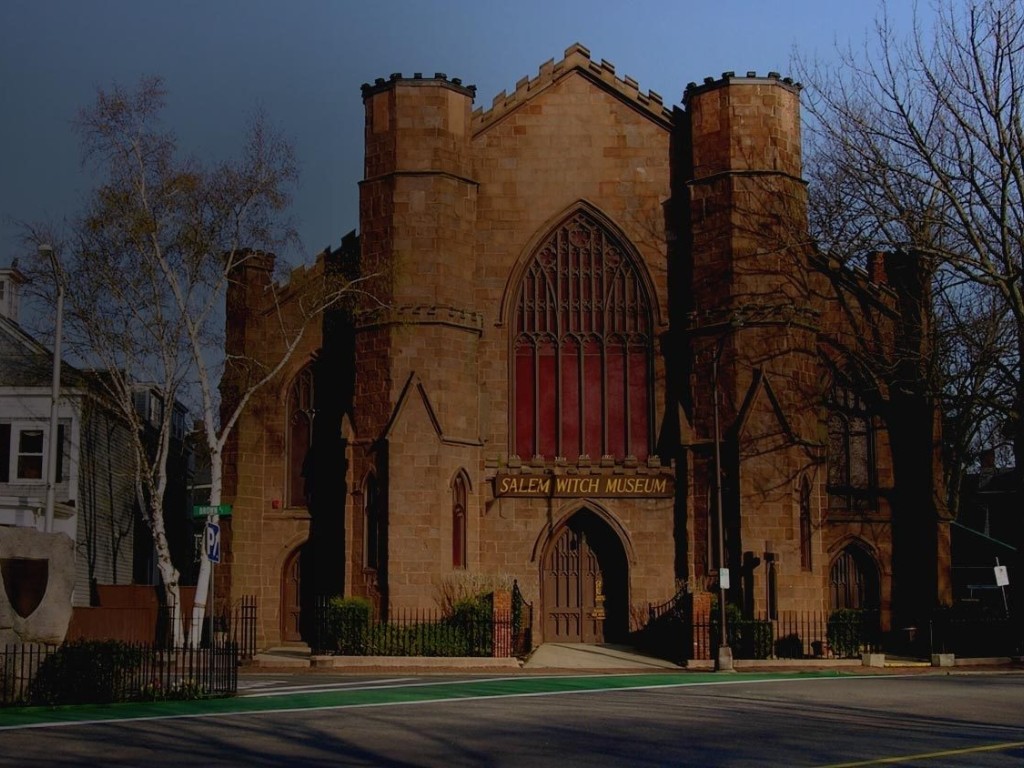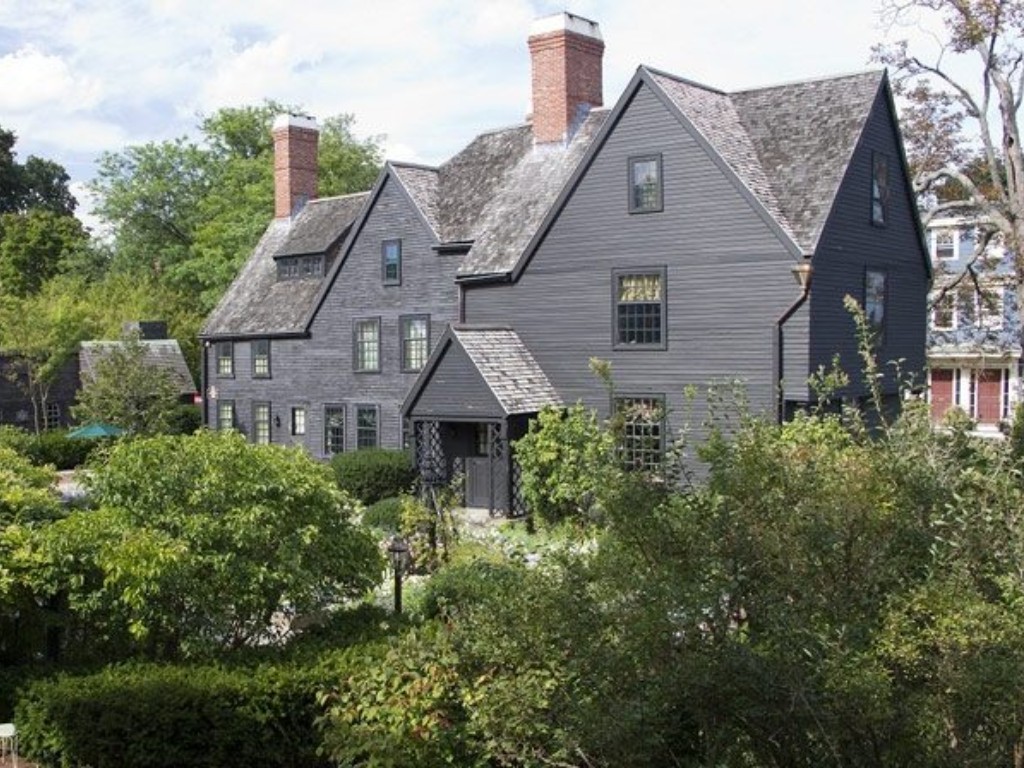
Most people know the Salem Witch Trials best through Arthur Miller’s classic play, The Crucible – but go on a Salem witch tour, and you’ll quickly discover that those chilling events weren’t fictional. In 1692, a bizarre – some say paranormal – fervour took hold of a small, religious town in Massachusetts, and in the space of a year and a half, several dozen people, mostly women, were executed or jailed for being witches.
Today, we look back on the event as one of the more tragic and mystifying chapters in early American history. But for those fascinated by all things macabre and spooky, the Witch Trials have also inspired a lasting interest that still surrounds the town of Salem today.
If you’re heading out of Boston in search of a compelling, uniquely local daytrip, a Salem witch tour is bound to captivate. The town is still full of historic sights that will help flesh out the story – not to mention a fair few haunted properties for those after more contemporary frights.
The first stop for the visiting witch hunter should be the Salem Witch Museum, which memorialises every moment in the New England town’s lurid history. Guides school visitors on the history of witchcraft, as well as how the practice of witch hunting still, incredibly, exists in places today.
While the life-size figures and sets immerse guests in the history of the events, for an especially chill-inducing experience, the Charter Street Cemetery – the oldest in the city (and second oldest in the country) – also plays an important role in the town’s haunted history. Magistrate John Hathorne, who worked as an interrogator during the trials, is buried here, as are several other residents connected to the episode. Wander by close to sunset for an especially goosepimply atmosphere.
After a stroll amongst the crooked and weather-beaten graves, continue your Salem witch tour through the centre of town, where historic building – some of which date all the way back to the 17th century – are still standing. The dusk-coloured House of the Seven Gables is perhaps the most famous of the lot. Located on the harbour, the property (part of the National Historic Landmark District) was built by a local sea captain in 1668. Guides will direct viewers through its interior, which still looks as it would have over 300 years ago. The house is also cited as one of Salem’s famously haunted properties – be wary of any spooky sightings or unexplained slamming doors!

The campus of the House of the Seven Gables also comprises five other historic properties, including the Retire Beckett House and the Hooper-Hathaway House, both of which were first constructed shortly before the Witch Trials took place and provide a portal into that moment in history. And, if you haven’t yet had your fill of wandering historic properties, Salem’s Corwin House (now known more commonly as the Witch House), is one more must-visit on a Salem witch tour. Purchased by Jonathan Corwin in 1675, the property captures what life in early colonial America was like – especially when things took a turn for the worse. Corwin later served as a judge in the trials, and ultimately oversaw the executions of many of the accused witches.
After touring the house of Judge Corwin, it’s time to pay tribute to the victims of the witch-hunt. The Salem Witch Trials Memorial in Danvers, MA – adjacent to Salem and known as Salem Village in the late 17th century – honours all of those who were imprisoned, hanged, or – in one especially grisly case – crushed to death. Constructed of carved granite, the memorial was first unveiled during the 300th anniversary of the events. An additional memorial in the centre of Salem, located next to the Charter Street Cemetery, also includes an individual marker for each person involved in the trials.
Looking to really bring the Salem Witch Trials to life? The Massachusetts town also hosts a number of interactive experiences that stage the historic events in the present day. Sponsored by History Alive!, Cry Innocent is an immersive theatrical performance that invites visitors to weigh in on the trial of Bridget Bishop, the first person convicted and executed for witchcraft in 1692. Only 45-minutes in length, the show is appropriate for younger participants as well and invites you to take on the role of a Puritan jury member as the prosecutors and defendants each make their case. Will the verdict be innocent or guilty? It’s up to you to decide.
To round out the immersive experience, a visit to Salem’s Pioneer Village is also in order. Created to capture what life was like for early American settlers around the year 1630, the site also counts as the very first “living history” museum in the country. From a blacksmith shop to historic timber cottages and other colonial architecture, the Pioneer Village provides a veritable trip back in time.
From accused witches to contemporary ghosts, historic sights to immersive theatre, spooky Salem has much to offer.
Written by Claire Bullen
Image credits:
Salem Witch Museum building © Salem Witch Museum
House of the Seven Gables © CVB






